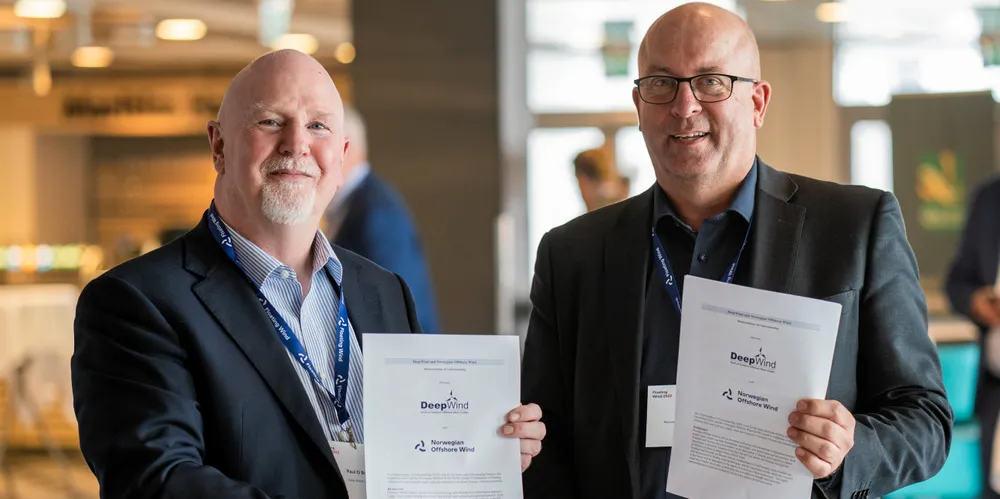'Long history' | Scottish and Norwegian floating wind clusters in hands across the North Sea first
Deal between DeepWind and Norwegian Offshore Wind supply chain bodies aims to 'help accelerate delivery' of fast-emerging offshore technology in two countries' deepwater zones
